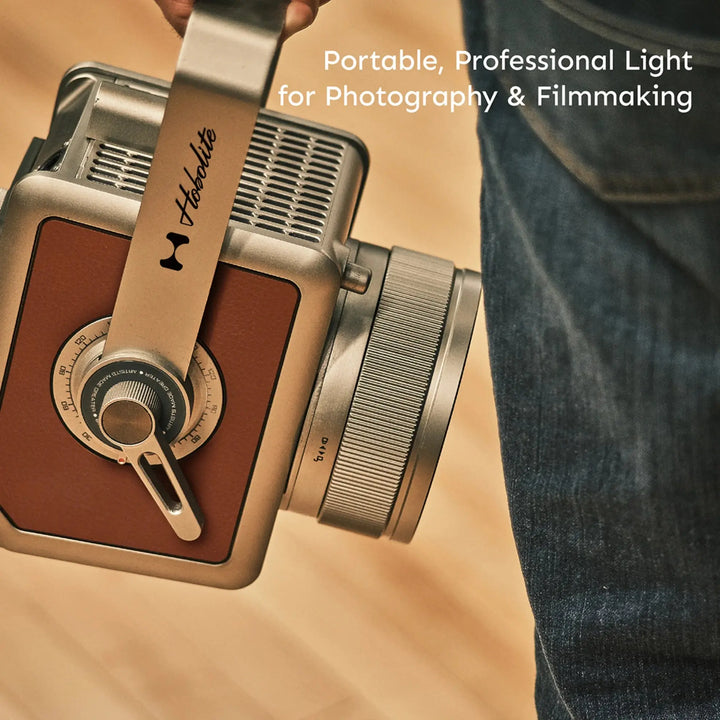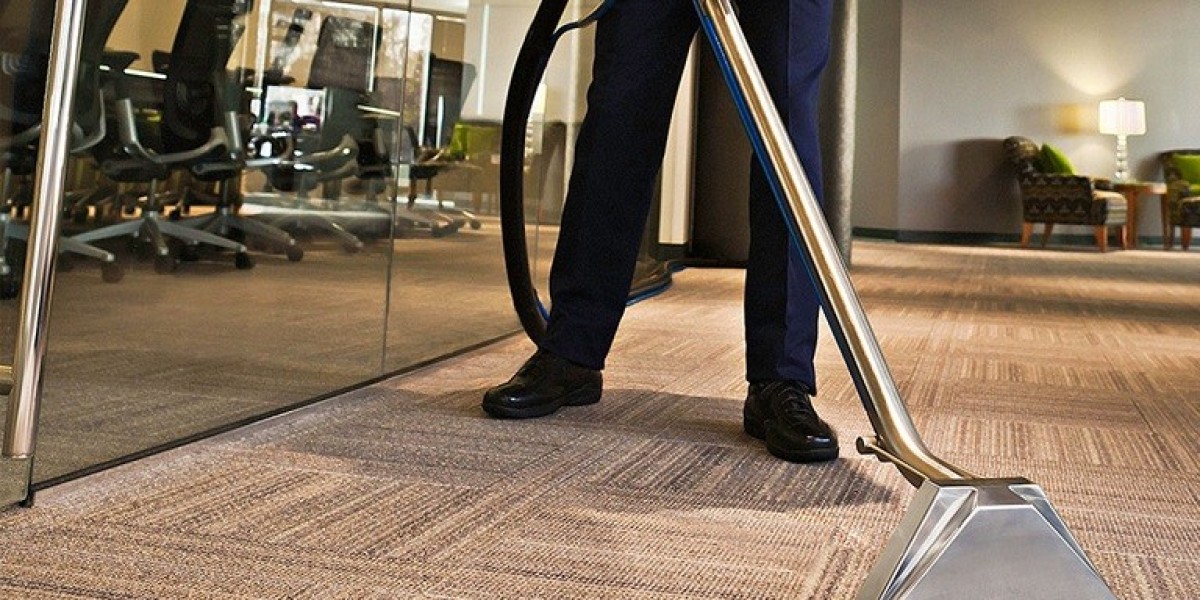Unleash the Magic: Transform Your Photography with Stunning Studio Lighting Secrets!
Studio lighting plays a pivotal role in photography, acting as the backbone that supports the artistry behind each shot. Whether you are capturing portraits, product photography, or artistic compositions, the right lighting can elevate your images, enhance details, and create captivating moods. This article aims to explore various techniques that can transform your photography through effective studio light photography. From understanding the fundamentals of studio lighting to practical tips for beginners, you'll discover how to harness the power of light to improve your photographic skills and achieve stunning results.

Understanding Studio Lighting
Studio lighting refers to the use of artificial light sources to illuminate subjects in a controlled environment, providing photographers with the ability to manipulate light to their advantage. Unlike natural lighting, which can be unpredictable and subject to the whims of the weather, studio lighting offers consistency and precision. Photographers often prefer studio lighting for its flexibility; it allows for control over light intensity, quality, and direction, essential elements that contribute to the overall composition of an image. Understanding these key concepts is crucial: light intensity determines how bright or dark your subject appears, light quality influences the softness or harshness of shadows, and light direction affects how shapes and textures are perceived in the final photograph.
Types of Studio Lighting Equipment
There are several types of studio lighting equipment that photographers can utilize to achieve different effects. Softboxes are one of the most popular tools; they diffuse light to create a soft, even illumination that flatters subjects and minimizes harsh shadows. Umbrellas, on the other hand, can either reflect or diffuse light depending on their positioning and the side used. Reflectors are essential for bouncing light back onto the subject, filling in shadows, and enhancing the overall exposure. Each type of equipment serves a unique purpose, and understanding how to use them effectively can significantly enhance your lighting setup and the quality of your photographs.
Techniques for Effective Studio Lighting
To make the most out of studio lighting, several essential techniques can be employed. A fundamental approach is the three-point lighting setup, which involves using a key light, fill light, and backlight to create depth and dimension. The key light serves as the primary source of illumination, while the fill light softens shadows and balances the overall exposure. The backlight adds separation between the subject and the background, enhancing the three-dimensional quality of the image. Additionally, using diffusers can soften the light and prevent harsh shadows, while strategically controlling shadows can enhance the mood of your photography. Positioning your lights correctly and balancing multiple light sources are key to achieving a professional look in your images.
Creating Mood and Atmosphere with Lighting
Studio lighting is a powerful tool for evoking emotions in photography. Different lighting setups can create varying atmospheres and moods. For instance, a high-key lighting setup—characterized by bright, even illumination—can evoke a sense of cheerfulness and energy, making it ideal for fashion shoots or product photography. Conversely, low-key lighting, which involves high contrast and deep shadows, can create a dramatic and moody effect, perfect for portraits or artistic compositions. By understanding how different lighting styles impact the final image, photographers can effectively convey the desired emotion and message through their work.
Practical Tips for Beginners
For those new to studio lighting, there are several practical tips to consider. Start by experimenting with different lighting setups to find what works best for your style and subject. Familiarize yourself with light meters to measure light intensity accurately, which can help you achieve the correct exposure for your images. Avoid common mistakes, such as overexposing highlights or underexposing shadows, by continuously checking your settings and adjusting as needed. Above all, embrace creativity and exploration; the more you practice and experiment with lighting techniques, the more confident you will become in your photography.
Enhancing Photography with Studio Lighting Techniques
In conclusion, studio lighting is an essential component of photography that can dramatically transform your images. By understanding the basic principles of studio lighting, exploring different types of equipment, and practicing effective techniques, you can unlock new levels of creativity in your work. Remember to continually practice the techniques discussed in this article, and don't shy away from experimenting with new methods to enhance your photography skills. The world of studio lighting is vast and full of potential—embrace it, and watch your photography flourish!








